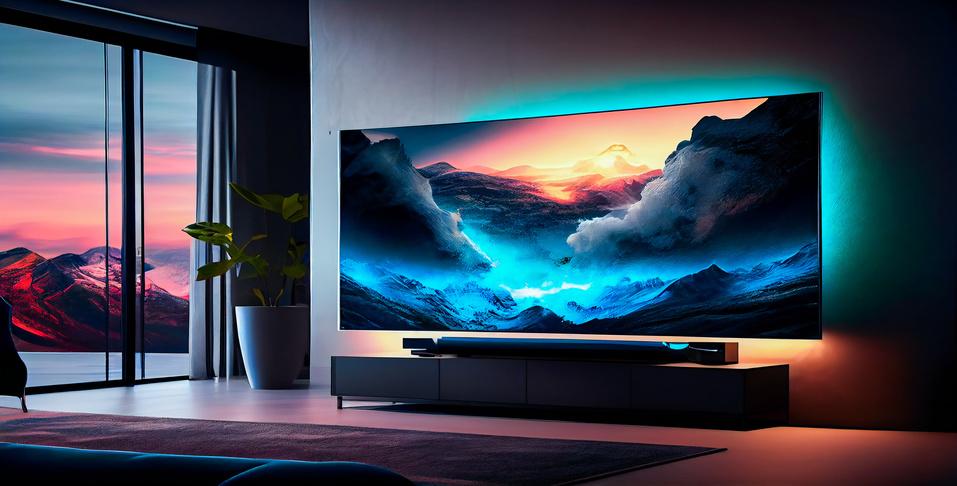 When it comes to productions, lighting design is integral in bringing a production to life on stage. Production lighting design is an art form that can elevate a performance to new heights. To create a real masterpiece, it takes more than technical skills. There are various elements that must be blended together to produce a stunning and memorable production. In this post, we’ll delve into the essential elements of production lighting design.
When it comes to productions, lighting design is integral in bringing a production to life on stage. Production lighting design is an art form that can elevate a performance to new heights. To create a real masterpiece, it takes more than technical skills. There are various elements that must be blended together to produce a stunning and memorable production. In this post, we’ll delve into the essential elements of production lighting design.
- Composition: One of the crucial elements of production lighting design is composition. Designers must know where to place lights, how to brighten or dim them, and how to direct the light towards the principal subject. A well-composed design can bring a depth and richness of character that results in a magical experience for the audience.
- Color & Temperature: The color and temperature of lighting play a significant role in production lighting design. It’s essential to choose the right colors that align with the mood and theme of a performance. The temperature of light selected has to create the desired effect in the audience’s experience. When done correctly, color and temperature can evoke powerful emotions and add a new layer of meaning to the performance.
- Movement: Movement in production lighting design refers to the transitions, changes, and dynamics that happen throughout an entire production. Designers have to think about how to make the lighting flow and change with the performance. Simple transitions can complement the flow between scene changeovers, while more complex movements can bring a more significant impact to the overall performance.
- Shaping: Shaping in production lighting design refers to how the designer sculpts and molds the lighting to the performers’ needs. A skillful lighting designer can mold shadows and light to support the performers and bring depth and dimension to the stage. This element of production lighting design guides the audience’s attention and helps them to feel as though they are in the middle of the performance.
- Special Effects: Special effects in production lighting design are what make a show memorable. Effects such as fog, haze, and gobo projections can help to create an entirely unique space and take an audience on a transformative journey. Creative lighting design can help the audience experience the production in a new and exciting way.
Conclusion:
In conclusion, production lighting design is an art form that requires creativity, skill, and an eye for detail. The essential elements of production lighting design merge to transform a show into a masterpiece. A well-crafted composition, proper use of color and temperature, movement, shaping, and special effects can take a production to new heights. So as a production lighting designer, always remember that when essential elements are combined, you can create an unforgettable performance that audiences will long remember.






